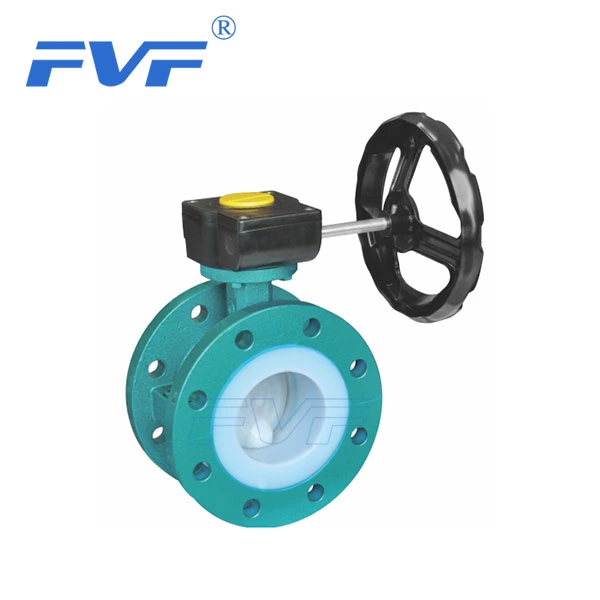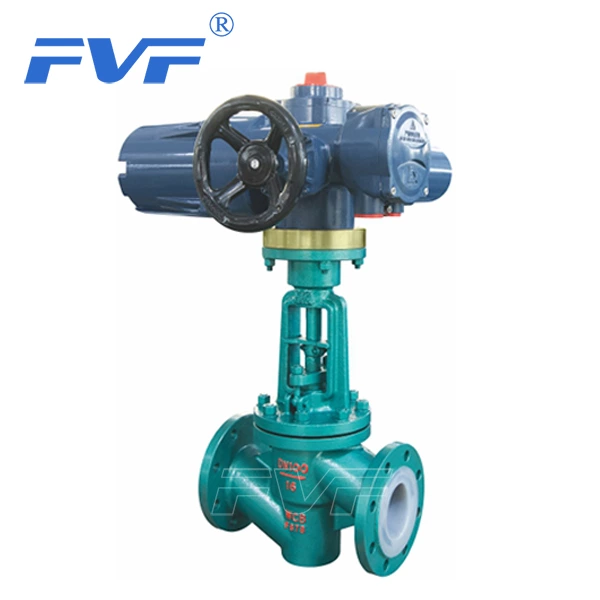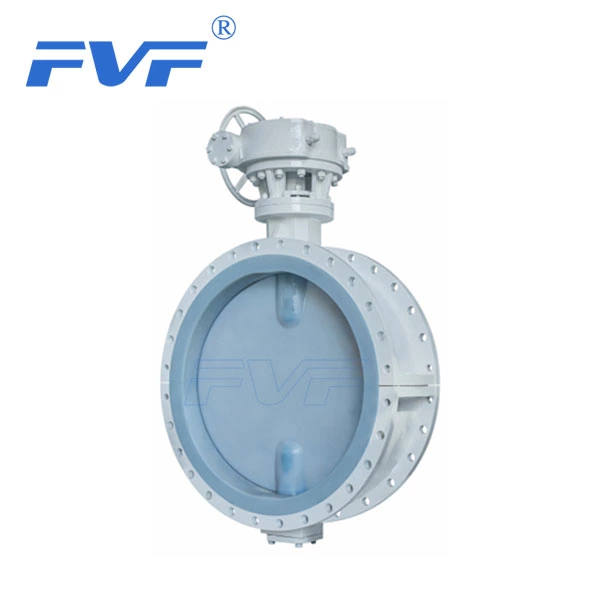Butterfly Valve: The Rotating Art Of Efficient Fluid Control
Lined Butterfly Valve, as an important valve type in the field of fluid control, plays an irreplaceable role in industrial production, water supply and drainage systems, HVAC and other fields with its unique structure and performance. Its core lies in a circular butterfly plate. This opening and closing part cleverly rotates around the valve shaft, easily realizing the opening, closing and flow regulation of the fluid channel, showing the exquisite craftsmanship and wisdom in the field of fluid control.
In-depth analysis of the working principle
The working principle of the butterfly valve is simple and efficient. The butterfly plate is installed in the direction of the pipe diameter. When it rotates around the axis in the cylindrical channel of the butterfly valve body, the change of its rotation angle from 0° to 90° directly determines the on-off state of the fluid channel. When the butterfly plate rotates to the 90° position, the valve is fully opened, allowing the fluid to pass smoothly; otherwise, the fluid is cut off. It is worth noting that the butterfly valve and its valve stem do not have self-locking ability. In order to ensure that the butterfly plate can stay stably at any position, it is usually necessary to install a worm gear reducer on the valve stem. This design not only gives the butterfly valve a self-locking function, but also significantly improves the operation stability and durability of the valve.
Comprehensive analysis of structural features
The structural design of butterfly valves is exquisite, reflecting the engineers' deep understanding of material mechanics, fluid dynamics and sealing technology. First of all, the valve stem adopts a through-stem structure, which has been tempered to ensure sufficient strength and toughness, and enhance corrosion resistance and scratch resistance. The valve stem only rotates without moving up and down during the opening and closing process, which effectively reduces the wear of the packing and ensures the reliability of the seal. At the same time, the taper pin fixation and hanging end design are adopted between the valve stem and the butterfly plate, which further improves the safety of the connection.
Butterfly valves are classified in various ways. According to the structure, they can be divided into offset plate type, vertical plate type, inclined plate type and lever type; according to the sealing form, they can be divided into soft sealing type and hard sealing type. Soft sealing type usually uses elastic materials such as rubber, which has good sealing and corrosion resistance, but is subject to greater temperature restrictions; hard sealing type uses hard materials such as metal rings, which can adapt to a wider range of working temperatures. Although its sealing is difficult to achieve perfect, it has a longer service life. In addition, butterfly valves also have a variety of connection methods such as clamping, flange and welding to meet the installation needs in different scenarios.
Scientific exploration of flow characteristics
The flow characteristics of butterfly valves are one of the important indicators of their performance. Since the operating torque of butterfly valves is affected by the opening and closing directions and the state of the fluid, especially in large-diameter horizontal butterfly valves, the torque generated by the water depth and the valve shaft head difference cannot be underestimated. At the same time, the installation of the elbow on the inlet side of the valve will form a bias flow, further increasing the operating torque. Therefore, these factors should be fully considered in the valve design, and corresponding self-locking measures should be taken.
The opening of the butterfly valve and the flow rate show an equal percentage change relationship. This characteristic makes the butterfly valve have high precision and flexibility in flow control. However, the flow characteristics of the valve are also affected by the flow resistance of the pipeline, and the valve flow rate under different pipeline loss coefficients is significantly different. At the middle opening, the valve body and the front end of the butterfly plate will form two different states of openings, the nozzle and the throttling hole, resulting in uneven flow velocity on both sides, and the throttling side is prone to negative pressure, which poses a challenge to rubber seals. Therefore, in practical applications, it is necessary to select appropriate sealing materials and structural designs according to specific working conditions.
With its unique working principle, optimized structural design and scientific flow characteristics, butterfly valves have shown strong vitality and broad application prospects in the field of fluid control. With the continuous advancement of technology and the increasing diversification of engineering needs, the design and production of butterfly valves will continue to innovate and improve, providing more efficient and reliable solutions for fluid control in various industries.






